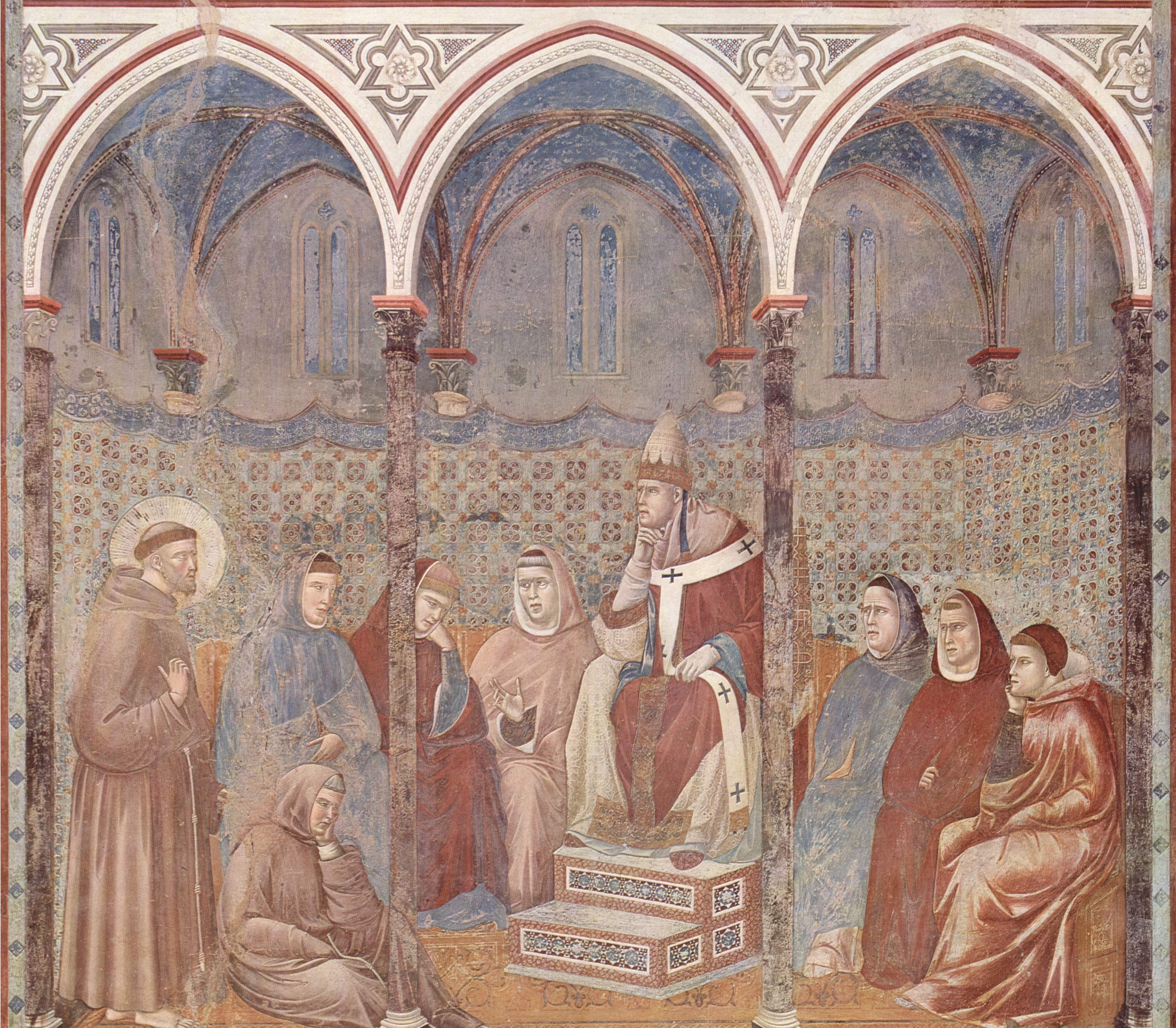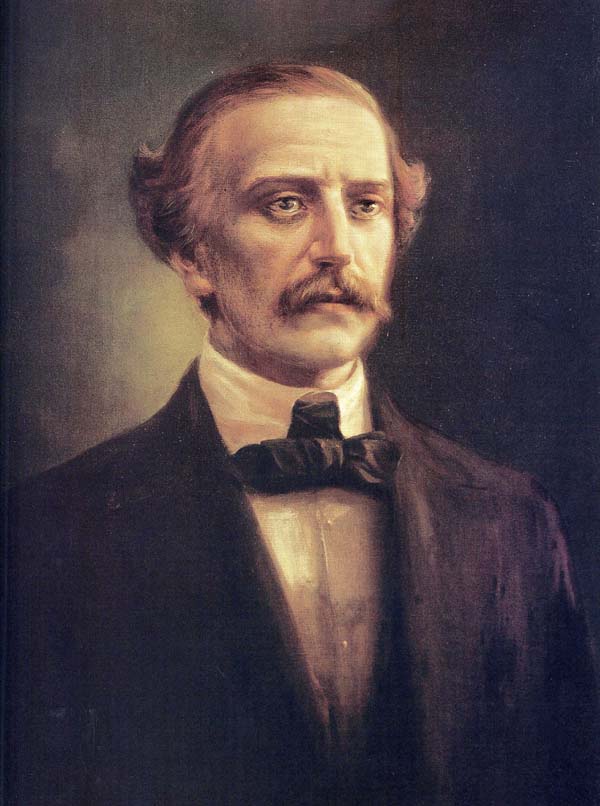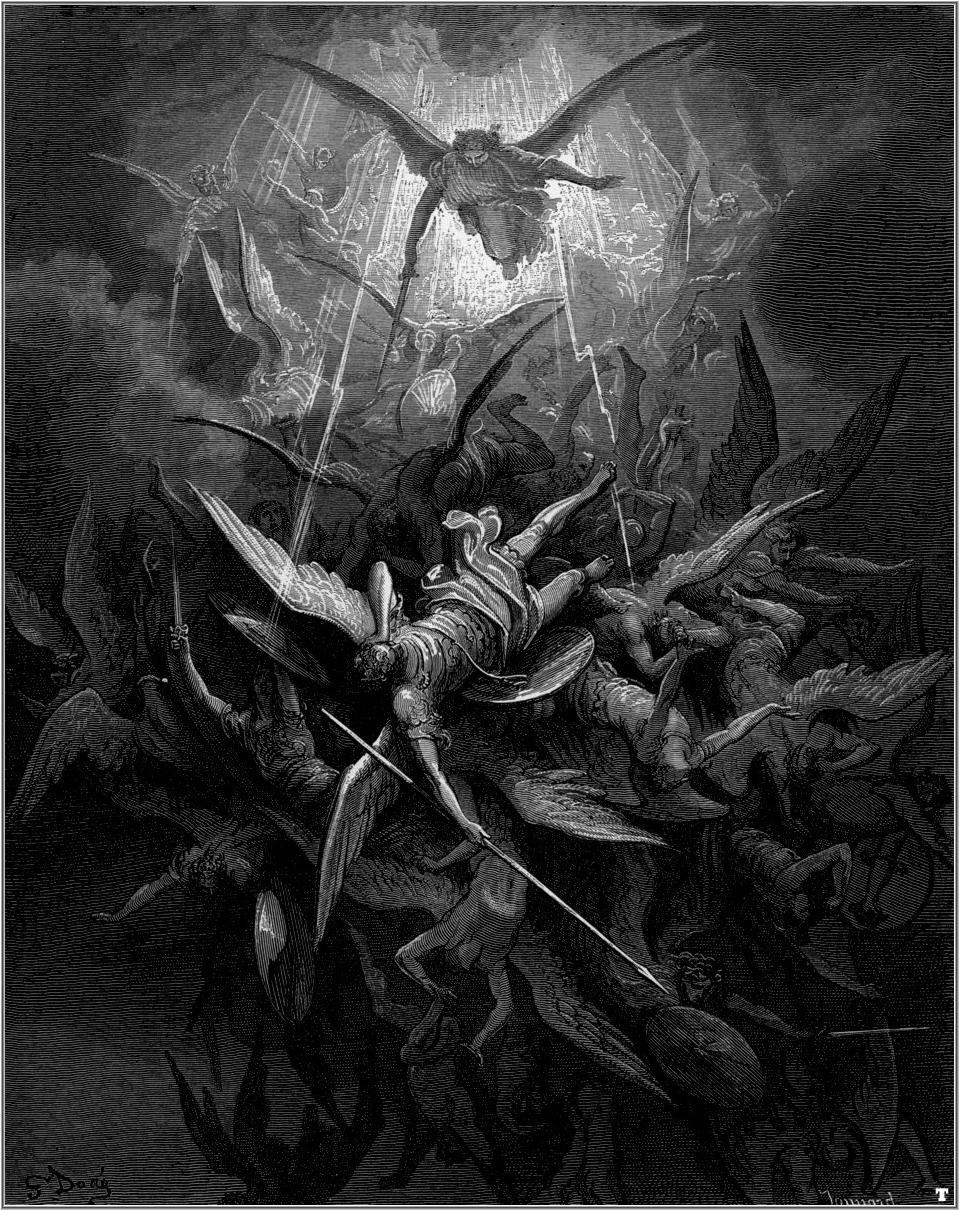|
Manés De Guzmán
Manés de Guzmán, OP (c. 1166 – 1235) (), was a Castilians, Castilian Dominican Order, Dominican Catholic priest, priest beatified in the Roman Catholic Church. His younger brother, Domingo de Guzmán was the founder of the Order of Preachers, whom he helped in his reforming aims throughout his life. Biography Manés was the second son of Félix de Guzmán and Juana de Aza. He was educated by his parents and his uncle Don Gonzalo de Aza in Gumiel de Izán. He wanted to enter a Cistercians, Cistercian monastery in the region of Caleruega, but was rejected. When his brother founded the Order of Preachers, he joined them eventually becoming one of its first members; with an introverted and humble temperament, he helped his brother in the consolidation and expansion of the order. On 15 August 1217, Dominic ordered the Monastery of Our Lady of Prouille, friars of Prouille to disperse throughout Europe and settle there, growing the order, already confirmed by Pope Honorius III. He w ... [...More Info...] [...Related Items...] OR: [Wikipedia] [Google] [Baidu] |
Dominican Order
The Order of Preachers (, abbreviated OP), commonly known as the Dominican Order, is a Catholic Church, Catholic mendicant order of pontifical right that was founded in France by a Castilians, Castilian priest named Saint Dominic, Dominic de Guzmán. It was approved by Pope Honorius III via the papal bull on 22 December 1216. Members of the order, who are referred to as Dominicans, generally display the letters ''OP'' after their names, standing for , meaning 'of the Order of Preachers'. Membership in the order includes friars, nuns, Religious sister (Catholic), active sisters, and Laity, lay or secular Dominicans (formerly known as Third Order of Saint Dominic, tertiaries). More recently, there have been a growing number of associates of the religious sisters who are unrelated to the tertiaries. Founded to preach the The gospel, gospel and to oppose heresy, the teaching activity of the order and its scholastic organisation placed it at the forefront of the intellectual life of ... [...More Info...] [...Related Items...] OR: [Wikipedia] [Google] [Baidu] |
Pope Honorius III
Pope Honorius III (c. 1150 – 18 March 1227), born Cencio Savelli, was head of the Catholic Church and ruler of the Papal States from 18 July 1216 to his death. A canon at the Basilica di Santa Maria Maggiore, he came to hold a number of important administrative positions, including that of Camerlengo. In 1197, he became tutor to the young Frederick II. As pope, he worked to promote the Fifth Crusade, which had been planned under his predecessor, Innocent III. Honorius repeatedly exhorted King Andrew II of Hungary and Emperor Frederick II to fulfill their vows to participate. He also gave approval to the recently formed Dominican and Franciscan religious orders. Early work He was born in Rome as a son of Aimerico, a member of the Roman Savelli family. For a time canon at the church of Santa Maria Maggiore, he later became Camerlengo of the Holy Roman Church on December 5, 1189 and Cardinal Deacon of Santa Lucia in Silice on 20 February 1193. Under Pope Clement III and P ... [...More Info...] [...Related Items...] OR: [Wikipedia] [Google] [Baidu] |
13th-century Venerated Christians
The 13th century was the century which lasted from January 1, 1201 (represented by the Roman numerals MCCI) through December 31, 1300 (MCCC) in accordance with the Julian calendar. The Mongol Empire was founded by Genghis Khan, which stretched from Eastern Asia to Eastern Europe. The conquests of Hulagu Khan and other Mongol invasions changed the course of the Muslim world, most notably the Siege of Baghdad (1258) and the destruction of the House of Wisdom. Other Muslim powers such as the Mali Empire and Delhi Sultanate conquered large parts of West Africa and the Indian subcontinent, while Buddhism witnessed a decline through the conquest led by Bakhtiyar Khilji. The earliest Islamic states in Southeast Asia formed during this century, most notably Samudera Pasai. The Kingdoms of Sukhothai and Hanthawaddy would emerge and go on to dominate their surrounding territories. Europe entered the apex of the High Middle Ages, characterized by rapid legal, cultural, and ... [...More Info...] [...Related Items...] OR: [Wikipedia] [Google] [Baidu] |
Spanish Dominicans
White Dominicans (), also known as Caucasian Dominicans (), are Dominicans of total or predominantly European or West Asian ancestry. The 2022 Dominican Republic census reported that 1,611,752 people or 18.7% of those 12 years old and above identify as white, 731,855 males and 879,897 females. An estimate put it at 17.8% of the Dominican Republic's population, according to a 2021 survey by the United Nations Population Fund. The majority of white Dominicans have ancestry from the first European settlers to arrive in Hispaniola in 1492 and are descendants of the Spanish and Portuguese who settled in the island during colonial times, as well as the French who settled in the 17th and 18th centuries. Many whites in the Dominican Republic also descend from Italians, Dutchmen, Germans, Hungarians, Scandinavians, Americans and other nationalities who have migrated between the 19th and 20th centuries. About 9.2% of the Dominican population claims a European emigration, European im ... [...More Info...] [...Related Items...] OR: [Wikipedia] [Google] [Baidu] |
People From The Province Of Burgos
The term "the people" refers to the public or common mass of people of a polity. As such it is a concept of human rights law, international law as well as constitutional law, particularly used for claims of popular sovereignty. In contrast, a people is any plurality of persons considered as a whole. Used in politics and law, the term "a people" refers to the collective or community of an ethnic group or nation. Concepts Legal Chapter One, Article One of the Charter of the United Nations states that "peoples" have the right to self-determination. Though the mere status as peoples and the right to self-determination, as for example in the case of Indigenous peoples (''peoples'', as in all groups of indigenous people, not merely all indigenous persons as in ''indigenous people''), does not automatically provide for independent sovereignty and therefore secession. Indeed, judge Ivor Jennings identified the inherent problems in the right of "peoples" to self-determination, as i ... [...More Info...] [...Related Items...] OR: [Wikipedia] [Google] [Baidu] |
1235 Deaths
Year 1235 ( MCCXXXV) was a common year starting on Monday of the Julian calendar. Events * Connacht in Ireland is finally conquered by the Hiberno-Norman Richard Mór de Burgh; Felim Ua Conchobair is expelled. * A general inquisition begins in France. * Siege of Constantinople: The Byzantine emperor John III Doukas Vatatzes and the Bulgarian tsar Ivan Asen II besiege Constantinople in an attempt to take it from its Latin rulers, John of Brienne and Baldwin II. Angelo Sanudo successfully negotiates a two-year truce. * Elizabeth of Hungary (d. 1231) is canonized by Pope Gregory IX. * A Chinese text of this year records that Hangzhou City, the capital of the Song dynasty, has various social clubs that include a West Lake Poetry Club, the Buddhist Tea Society, the Physical Fitness Club, the Anglers' Club, the Occult Club, the Young Girls' Chorus, the Exotic Foods Club, the Plants and Fruits Club, the Antique Collectors' Club, the Horse-Lovers' Club, and the Refined Music ... [...More Info...] [...Related Items...] OR: [Wikipedia] [Google] [Baidu] |
1166 Births
Year 1166 ( MCLXVI) was a common year starting on Saturday of the Julian calendar. Events By place Byzantine Empire * Byzantine Emperor Manuel I Komnenos asks Venice to help pay the costs of defending Sicily, whose Norman rulers have had good relations with Venice. Doge Vitale II Michiel refuses to pay the requested subsidy. Manuel begins to cultivate relationships with the main commercial rivals of Venice: Genoa and Pisa. He grants them their own trade quarters in Constantinople, very near the Venetian settlements. Europe * May 7 – King William I ("the Wicked") of Sicily dies at Palermo after a 12-year reign. He is succeeded by his 12-year-old son William II ("the Good"), whose mother, Margaret of Navarre, will be regent until he comes of age. * July 5 – The town of Bad Kleinkirchheim (in modern Austria) is first mentioned, in an ecclesiastical document, in which Archbishop Conrad II of Salzburg confirms the donation of a chapel, nearby Millstatt Abb ... [...More Info...] [...Related Items...] OR: [Wikipedia] [Google] [Baidu] |
Cologne
Cologne ( ; ; ) is the largest city of the States of Germany, German state of North Rhine-Westphalia and the List of cities in Germany by population, fourth-most populous city of Germany with nearly 1.1 million inhabitants in the city proper and over 3.1 million people in the Cologne Bonn Region, Cologne Bonn urban region. Cologne is also part of the Rhine-Ruhr metropolitan region, the List of EU metropolitan regions by GDP#2021 ranking of top four German metropolitan regions, second biggest metropolitan region by GDP in the European Union. Centered on the left bank of the Rhine, left (west) bank of the Rhine, Cologne is located on the River Rhine (Lower Rhine), about southeast of the North Rhine-Westphalia state capital Düsseldorf and northwest of Bonn, the former capital of West Germany. The city's medieval Cologne Cathedral () was the History of the world's tallest buildings#Churches and cathedrals: Tallest buildings between the 13th and 20th century, world's talles ... [...More Info...] [...Related Items...] OR: [Wikipedia] [Google] [Baidu] |
Convento De Santo Tomás (Madrid)
The defunct Convento de Santo Tomás (also called ''Colegio de Atocha'') was a set of buildings belonging to the Dominican Order, Dominicans, under the patronage of Thomas Aquinas, St. Thomas Aquinas, in Madrid. It was located in the former Arrabal de Santa Cruz, showing its main facade to the Calle de Atocha.Carmen Rubio Pardos, (1977), ''La calle de Atocha'', Annals of the Institute of Madrilenian Studies, Vol. IX Its exact location is close to the current Plaza de Santa Cruz, occupying part of the site of the current Church of la Santa Cruz. It was erected in the mid-17th century, being a good example of Spanish Baroque architecture. The convent had annex a cabinet for the teaching of theology, philosophy and rhetoric (College of Santo Tomás), initially dependent of the Dominicans of Basilica of Nuestra Señora de Atocha, Basílica de Nuestra Señora de Atocha. The set consisted of a monastery that served as school functions, a courtyard and a large church. In 1836 during th ... [...More Info...] [...Related Items...] OR: [Wikipedia] [Google] [Baidu] |
Catharism
Catharism ( ; from the , "the pure ones") was a Christian quasi- dualist and pseudo-Gnostic movement which thrived in Southern Europe, particularly in northern Italy and southern France, between the 12th and 14th centuries. Denounced as a heretical sect by the Catholic Church, its followers were attacked first by the Albigensian Crusade and later by the Medieval Inquisition, which eradicated the sect by 1350. Around 1 million were slaughtered, hanged, or burnt at the stake. Followers were known as Cathars or Albigensians, after the French city Albi where the movement first took hold, but referred to themselves as Good Christians. They famously believed that there were not one, but two Godsthe good God of Heaven and the evil god of this age (). According to tradition, Cathars believed that the good God was the God of the New Testament faith and creator of the spiritual realm. Many Cathars identified the evil god as Satan, the master of the physical world. The Cathars believe ... [...More Info...] [...Related Items...] OR: [Wikipedia] [Google] [Baidu] |
Saint-Jacques-du-Haut-Pas
Saint-Jacques du Haut-Pas () is a Roman Catholic parish church in Paris, France. The church is located at the corner of Rue Saint-Jacques and Rue de l'Abbé de l'Épée in the 5th arrondissement of Paris. The first church on the site, a monastery chapel, was built in 1360. The present church was completed in 1685. The church is named for Saint-Jacques Du-Haut-Pas," (in English Saint James the Minor), a cousin of Christ and the first bishop of Jerusalem, who was martyred in the year 60 A.D. It was registered as an historical monument on 4 June 1957. History Hospital and chapel The land on which the hospital and chapel were built, at the time outside the city walls, was obtained around 1180 by the Order of the Holy Ghost, a community of Italian monks from Tuscany, who built hospitals and provided medical care for the poor and to pilgrims; the route of the pilgrimage to Santiago de Compostela Cathedral passed close to the hospital. In 1360 they built a larger new hospital an ... [...More Info...] [...Related Items...] OR: [Wikipedia] [Google] [Baidu] |
Paris
Paris () is the Capital city, capital and List of communes in France with over 20,000 inhabitants, largest city of France. With an estimated population of 2,048,472 residents in January 2025 in an area of more than , Paris is the List of cities in the European Union by population within city limits, fourth-most populous city in the European Union and the List of cities proper by population density, 30th most densely populated city in the world in 2022. Since the 17th century, Paris has been one of the world's major centres of finance, diplomacy, commerce, culture, Fashion capital, fashion, and gastronomy. Because of its leading role in the French art, arts and Science and technology in France, sciences and its early adoption of extensive street lighting, Paris became known as the City of Light in the 19th century. The City of Paris is the centre of the Île-de-France region, or Paris Region, with an official estimated population of 12,271,794 inhabitants in January 2023, or ... [...More Info...] [...Related Items...] OR: [Wikipedia] [Google] [Baidu] |







